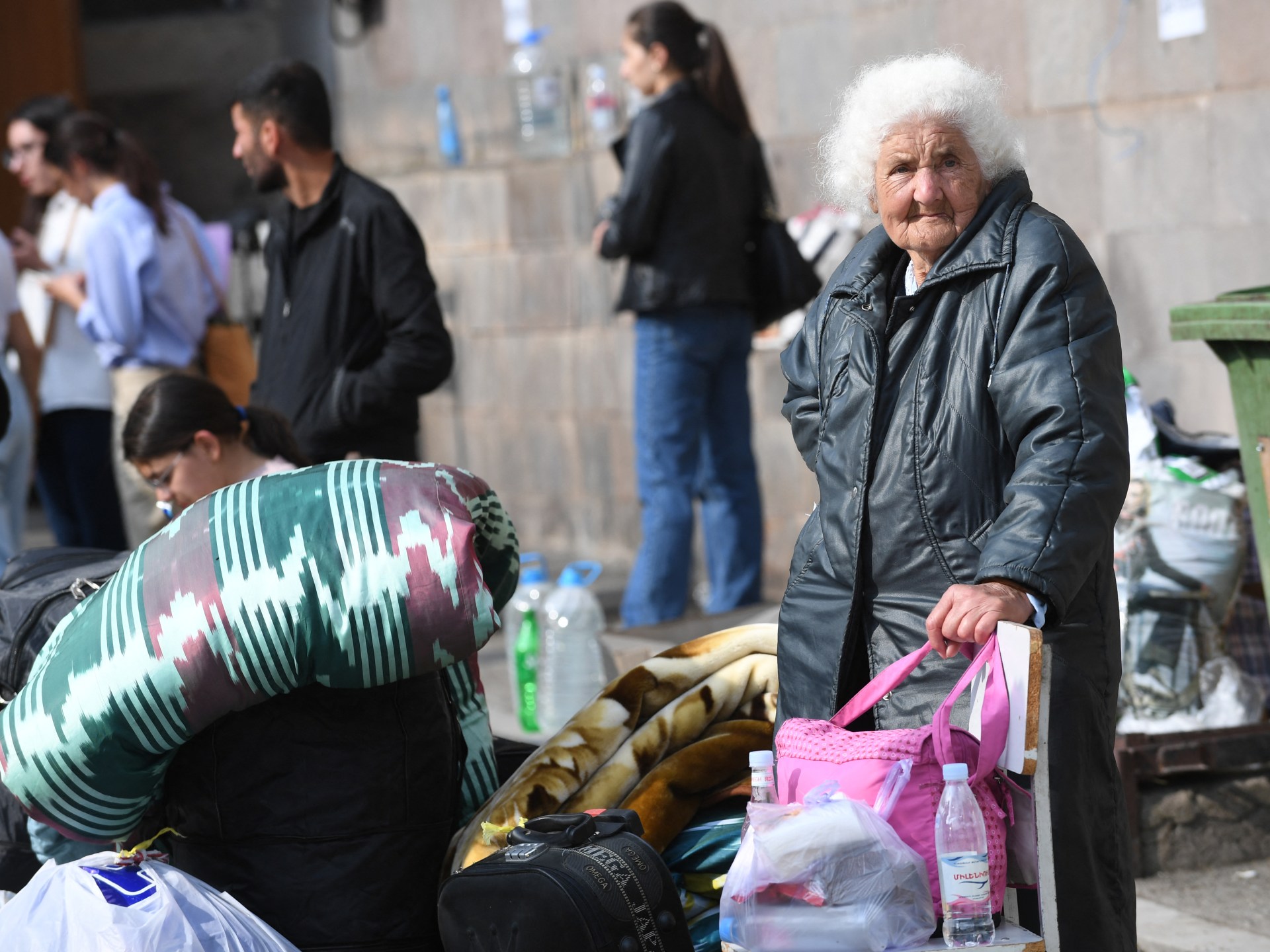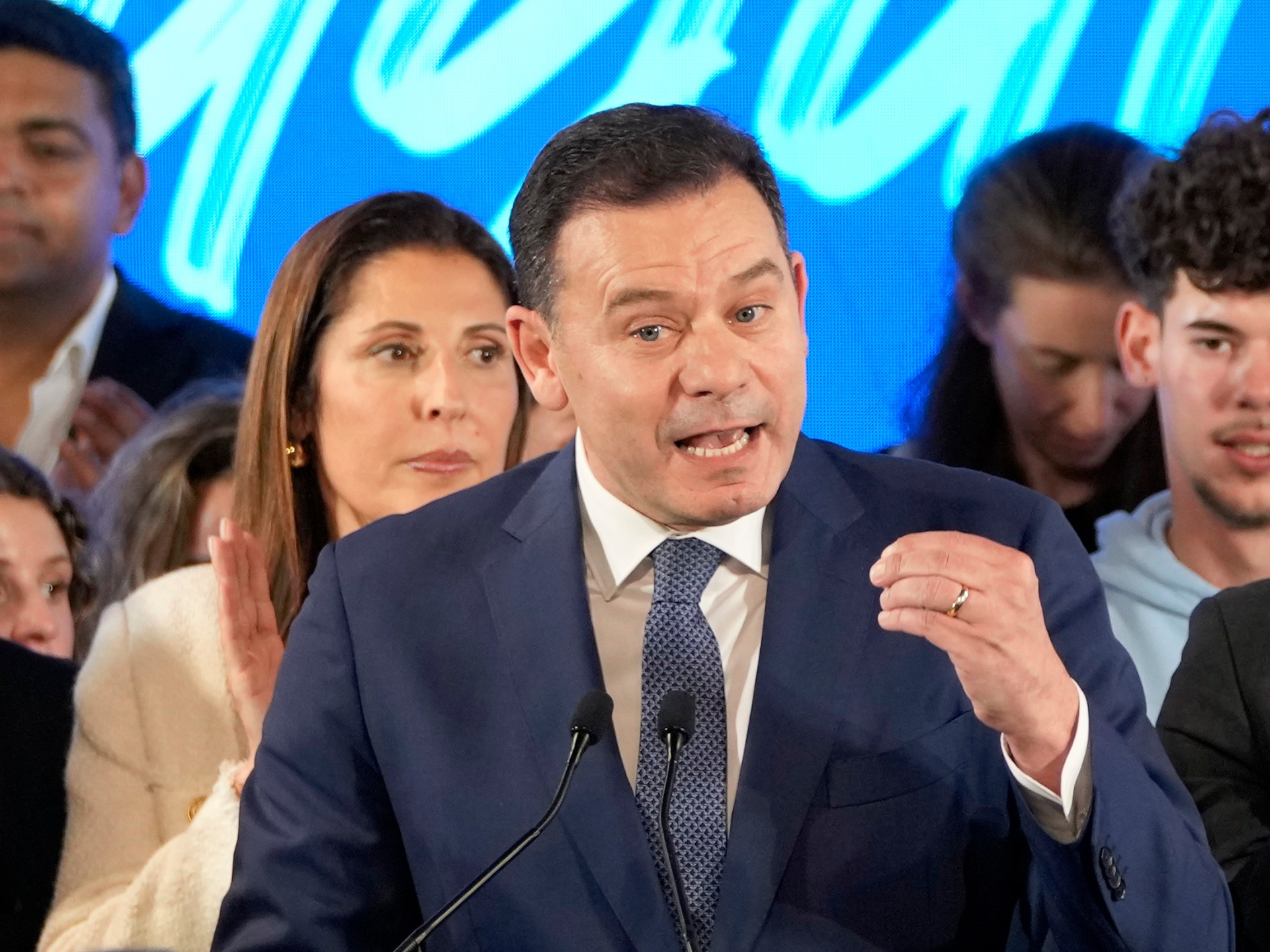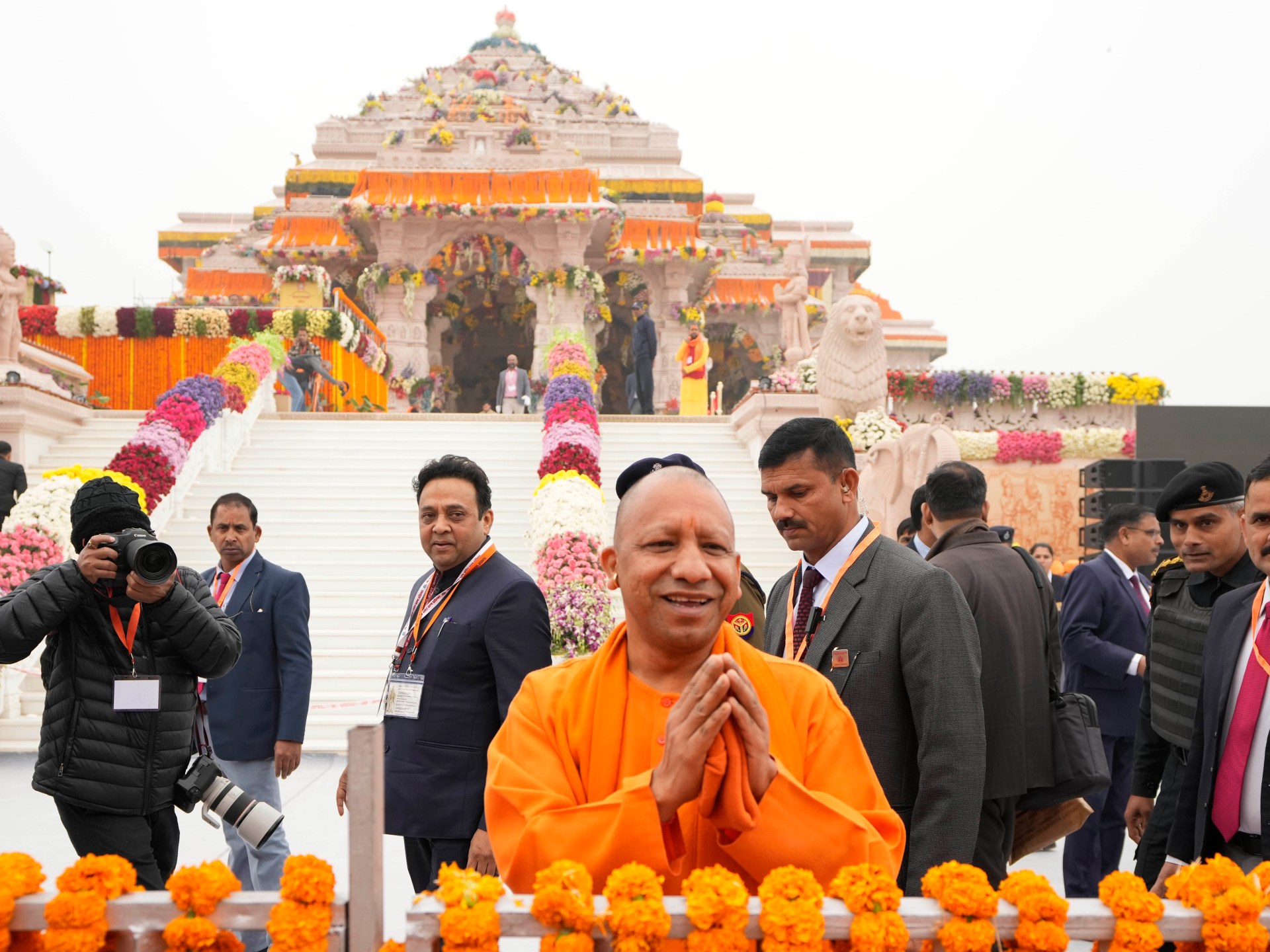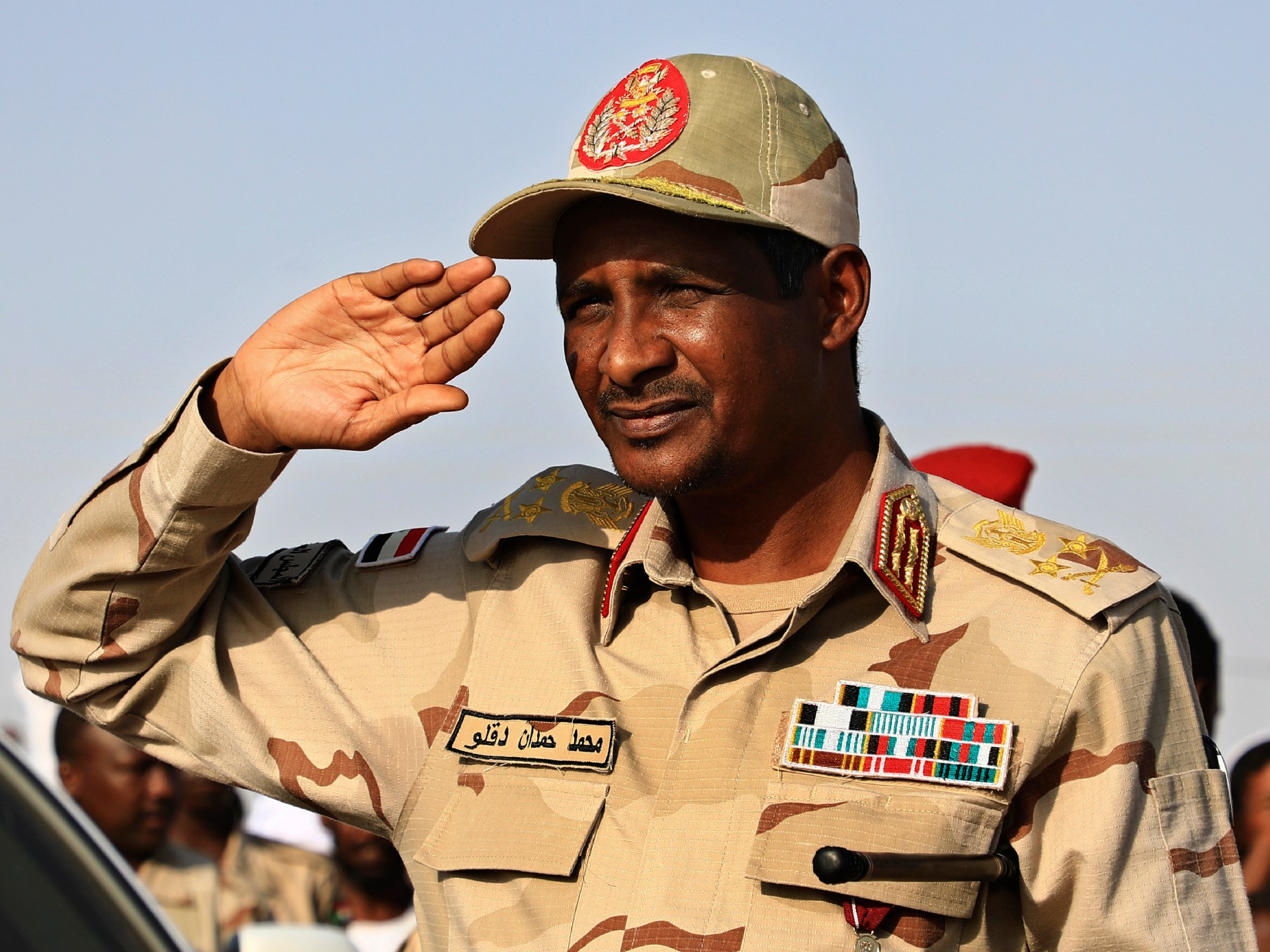Gains, Losses & Lessons One Year On — Global Issues
NEW YORK, Sep 20 (IPS) – On September 16th Iranians everywhere commemorated the first anniversary of Mahsa Jina Amini’s murder by the country’s notorious ‘guidance patrol’. Arrested for being badly covered, the 22-year-old was beaten so violently, she died from brain injuries.
This violence and the regime’s obfuscation of its crime unleashed a forty-years long pent-up fury among Iran’s women and girls. Protests ensued in cities and towns across the country’s length and breadth. Young and old men, who in past generations had shown limited empathy for the daily humiliations and systemic discrimination facing women, joined.
Amini’s Kurdish origins prompted mobilization of Iran’s Kurds, Baluch, and other minorities. As protesters’ images flooded social media, the #WomenLifeFreedom movement was born. With the regime cracking down, killing over 500 people, raping, injuring, and threatening countless others, young Iranians’ message to the world was ‘be our voice’.
The world responded. A year on, what is there to show for the sacrifices and lives? Civil Disobedience in Iran: The Fire Under the Ashes Anticipating mass demonstrations for the anniversary, the regime rounded up people, killed more protestors and deployed security forces across major cities. Lawmakers have threatened new legislation to reinforce harsh hejab rules and punishment.
Politically, faced with an existential threat, the regime’s competing flanks – hardline principalists and moderate reformists -closed rank and arguably are more consolidated than in recent years.
Economically, thanks to the mix of sanctions and internal corruption, the revolutionary guard have monopolized much of the private sector space. Security-wise the state is beefed up, with a mix of old-fashioned hired hands and the latest surveillance and face recognition technologies.
But facing a deep domestic crisis of legitimacy, the leadership also sought external support. This time, Saudi Arabia, Iran’s longstanding regional nemesis, was their proverbial knight in shining armor. This rapprochement with China as guarantor has enabled the regime to save face and turn eastward.
But none of this has deterred Iran’s Gen-Z. The heavy crackdowns of the past year did result in significant back-downs too. From Tehran to Mashad and beyond, many women no longer wear the mandatory headscarf.
As the Persian saying goes, the WLF movement is like burning fire underneath the ashes. Knowing the regime’s playbook, the young developed new tactics. A recent visitor to Tehran noted that for weeks prior to the anniversary, young women were sharing flyers advising people to dress in solidarity. White t-shirt and jeans for women, button down shirts and cargo shorts for men.
Such nonconfrontational civil disobedience tactics are low-risk and thus high participation. Iranians knows that the regime’s arrests of musicians, artists, students, film directors, authors, poets and even chefs, was indicative of an existential fear.
With ten-year old girls ripping up photos of Ayatollah Khamenei and school age students singing protest songs, the generational tectonic shift taking place inside Iran is undeniable.
It is a shift towards greater freedom, modernity, and gender equality. It is not simply a ‘bottom up’ revolution. It is a radical societal evolution that has entrenched itself in the homes of the country’s most powerful, conservative figures.
To put it bluntly, the regime’s leadership know that their attempt to turn Iran into an ideologically Islamist society has failed with their own children and grandchildren, girls, and boys.
This is a key political, social, and ideologically symbolic victory, that no one should underestimate. The Good, the Bad and the Ugly of the Iranian Diaspora The call to ‘be my voice’ led to unprecedented mobilization of the Iran’s global diaspora.
A community traumatized and mistrustful of each other, characterized by their aversion to political engagement, was suddenly energized, vocal, and flexing political muscle from the streets of Los Angeles to the corridors of the European Parliament.
Not surprisingly some marginal exiled political forces sought to co-opt the events for their own political gain. Others tried to forge coalitions to offer a viable challenge to the regime. There was emotional and cognitive dissonance.
At a public level pent-up anger towards the regime, coupled with hope for a different future, became the emotional fuel for diaspora participation in demonstrations and political activism.
But hope and anger are not sufficient. Political figures who united around their shared opposition to the Islamic regime, faltered as they disagreed on a shared vision for the country and the roadmap to achieving it.
Too often it seemed that these opposition forces, from the Monarchists to the MEK, were relitigating the revolution of 1979, with old tactics, instead of embracing the Gen-Z and intrinsically feminist nature of the WLF movement inside Iran.
A year on the political groups remain divided. The wider diaspora, however, has become more empowered and with greater access to the political arenas of their adopted nations. Their challenge now is to make nuanced and responsible choices that support and not inadvertently harm the domestic WLF movement.
The world will cheer from the sidelines, but self-interest is the driver The world also responded to the call of ‘be my voice’.
For forty years, western media had demonized Iran through stereotypical images of militancy, aging angry clerics, black-clad women, and nuclear weapons. The burst of smiling, defiant Iranian teenagers on Instagram, waving scarves, singing, or dancing, bearing a striking resemblance to teenagers around the world, touched a nerve.
The news of their arrests and assassinations, prompted greater outrage. College students, artists, rock, and movie stars, showed their solidarity, by cutting their hair, and speaking out.
The emotive power of ‘Baraye’, the anthem of the burgeoning revolution, generated a level of empathy that is rare in modern times. But public attention came with stark political realities. The heartfelt support of US, Canadian and European politicians was largely rhetorical.
There is no appetite for interventionism and their overarching priority is to contain the nuclear program. For understandable reasons: On the one hand, a nuclear-armed Iranian regime that will have an interminable existence.
On the other hand, Israel has consistently warned that it would not wait for Iran to achieve breakout capacity. It would strike preemptively. So, geopolitically, the threat of a devastating war, the unknowable chaos and human suffering that comes with it, is inextricably linked with the fate of Iran’s young.
Regionally too, despite their disagreements, the Arab states prefer the proverbial devil they know, then the uncertainly of a power vacuum that a revolution could foment.
The Saudi regime and its proxies were key players in unfolding event. Since the signing of the JCPOA in 2015 and the break in Saudi-Iran relations in 2016 they had supported the armed insurrection of ethnic groups and enabling political access to the Mujahedin-e-Khalq (MEK) across Europe and North America.
Private Saudi funding bolstered the satellite television channel, Iran International, enabling it to broadcast a diet of nostalgia for the Shah and anti-JCPOA messaging into Iranian homes. It was also a prime channel covering the WLF protests.
But the Saudis, were neither interested in the regime’s collapse or chaos nor an independent, strong Iranian democracy, particularly women-led and feminist. Their ideal scenario was a weakened Iranian regime, in need of Saudi’s hand. This is exactly what they got.
Meanwhile the Iranian regime is benefiting from the ebbing power of democracies and the rise of authoritarianism. Its distancing from the west and closer allegiance to Russia, and the BRICS countries is a bet on greater economic ties to bolster the regime apparatus domestically. It is unlikely that the regional or BRIC countries will voice concerns over women’s rights.
So, the world may have sympathy for young Iranians but will not stand with them. So, what will become of WLF? The answers lie in Persian poetry. The first is the parable of the Rock and the Spring. A trickle of melted snow hurtling down the mountain hits a rock. The trickle asks the rock to move aside. The rock refuses to budge.
Over time, the water pools and erodes the rock, turning first into a stream and then a powerful river. Iranian women – the grandmothers, mothers and now daughters (and sons) = who have fought the regime’s misogyny day in, year out, for decades, inching back the hijab, populating universities, and fighting for equality under the law are an unstoppable river.
“We will stay and reclaim Iran” they shout, refusing to be pushed into exile. They have ideals but are not ideologically driven. In chipping away from within, they are fostering evolution and transformation, not revolution or reform.
As for the exiled figures who seek to claim leadership of WLF, they should revisit the epic 10th poem, ‘Conference of the Bird’. As the story goes, the world was in strife.
The Hoopie bird calls on all birds to journey in search of the mythical ‘seemorq’, a wise leader. The birds soar above mountains and valleys, through snowstorms, firestorms, and deserts.
Some give up, others falter. Ultimately thirty reach the final mountain peak with a glacial lake. ‘Where is the Seemorq?’ they cry. “Look into the lake and you will see.” replies the Hoopie.
The birds peer in and see their own reflections – the faces of thirty birds (See-morq). The leadership lies within themselves. In Iran, a year on from Mahsa’s death, the river is gathering force. There will be tough times ahead, but the millions are emerging as the Seemorq.
Sanam Naraghi Anderlini, MBE Founder/CEO, International Civil Society Action Network (ICAN) Adjunct Professor, School of International Public Affairs (SIPA), Columbia University, New York. [email protected]
IPS UN Bureau
Follow @IPSNewsUNBureau
Follow IPS News UN Bureau on Instagram
© Inter Press Service (2023) — All Rights ReservedOriginal source: Inter Press Service
Check out our Latest News and Follow us at Facebook
Original Source





